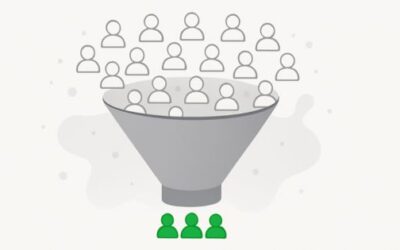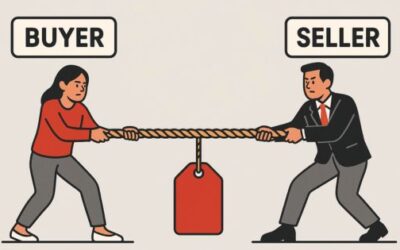Sales teams are measured on five metrics: customer acquisition cost, win rates, sales cycle length, average contract value, and quota attainment. The sales methodology you choose will shape these numbers directly.
This article compares Gap Selling and Sandler on each of these metrics. You’ll see how each approach handles qualification, discovery, urgency, and value down to the psychological triggers that move deals forward or stall them out. If you’re deciding between these two systems, here’s what changes when you pick one over the other.
Foundational Differences
Gap Selling and Sandler approach sales with different philosophies and tactics. Gap Selling is structured around diagnosing and quantifying business problems. Sandler centers on uncovering pain and guiding buyers through a set process.
Gap Selling focuses on business outcomes and urgency. Sandler emphasizes qualification and control.
How Gap Selling and Sandler Stack Up on Revenue Metrics
The five metrics below drive every CRO’s decision on methodology. The infographic breaks down how Gap Selling and Sandler compare on each.
How Each Method Handles Discovery and Business Acumen
The approach your team takes to discovery shapes deal quality and sales outcomes. Gap Selling equips reps to diagnose business problems and connect them to operational, financial, and strategic goals. Sandler centers discovery on pain and intent, using targeted questions and buyer input to move the process forward.
The infographic below summarizes how each methodology approaches discovery and the role of business acumen in driving sales results.
Psychological Drivers in the Sales Process
Each sales methodology uses specific psychological principles to influence buyer decisions. Gap Selling applies concepts like cognitive dissonance, the Zeigarnik Effect, and self-determination to build urgency and commitment. Sandler relies on confirmation bias, tactical questioning, and mutual agreements to guide buyers through the process.
The infographic below outlines which psychological triggers each methodology uses and how these drivers impact deal outcomes.
Summary
For every core revenue metric, Gap Selling outperforms Sandler by focusing on real business problems and measurable impact:
Reduce CAC: Gap Selling reduces wasted effort by qualifying deals on business pain and urgency, not just surface-level criteria. Reps spend less time on buyers who won’t convert.
Improve Win Rates: The methodology drives higher win rates by connecting every deal to a clear business problem, impact, and root cause. This creates urgency for buyers to take action.
Shorten Sales Cycle: Gap Selling keeps momentum high by maintaining tension around unresolved business gaps. Buyers move faster when the cost of inaction is clear.
Grow ACV: Deal size increases because value is quantified and pricing is linked to business impact. Reps justify larger investments with real numbers.
Accelerate Quota Attainment: Reps learn to align with buyer behavior, selling consultatively instead of relying on scripts. This results in faster ramp and more consistent quota attainment across the team.
In each area, the approach is practical and outcome-focused—closing the gap between what buyers need and what your sales team delivers.
Final Take: Why Gap Selling Wins
Gap Selling is built for teams that need measurable impact on CAC, win rates, deal size, and sales cycle. The methodology trains reps to diagnose business problems, quantify value, and use psychological triggers that create real urgency and momentum.
Sandler offers process discipline and classic pain-based qualification, but often stalls when deals require more than surface-level motivation.
For CROs aiming for higher performance across every revenue lever, Gap Selling delivers a stronger system for today’s market and modern buyers.



0 Comments